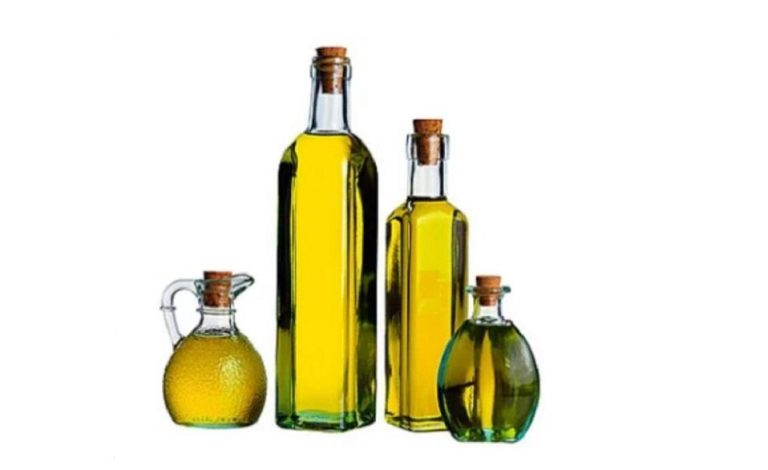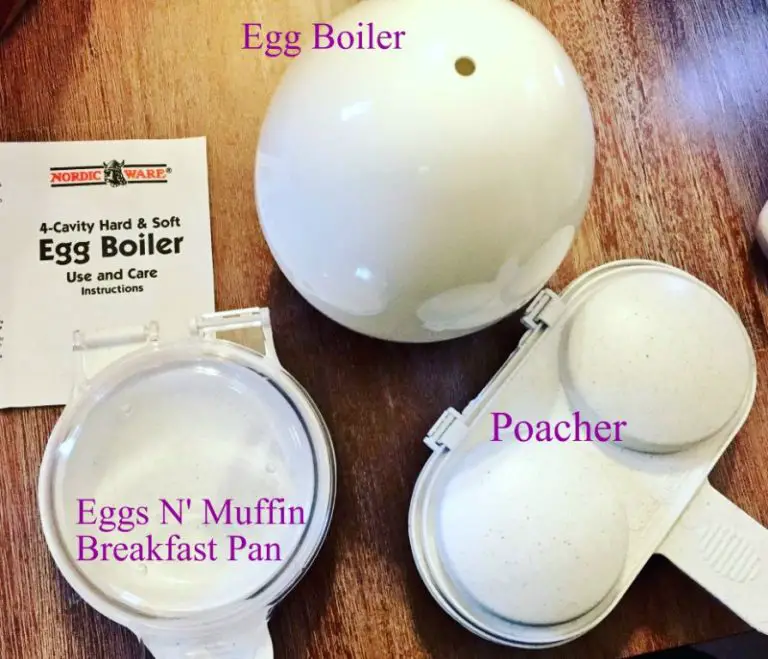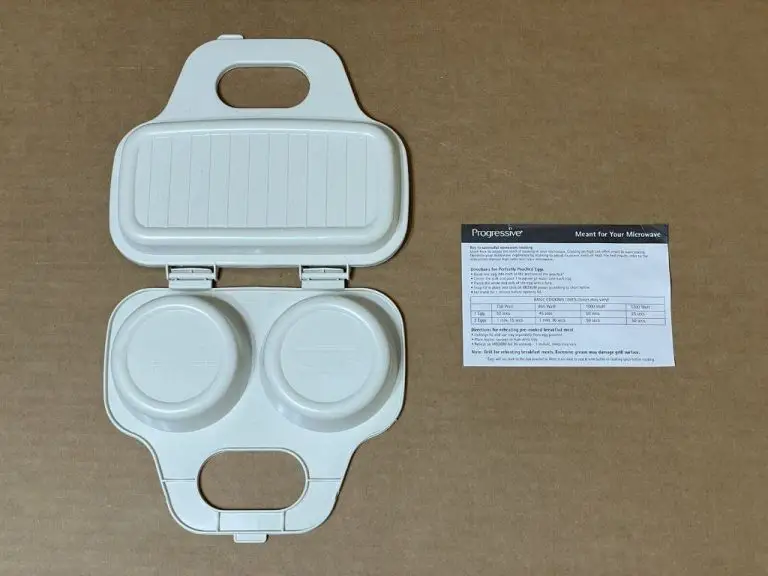What Kind Of Wire Is Heat Resistant?
Heat resistant wire is a special type of electrical wire designed to withstand continuous high temperature exposure above 150°C without degrading over time. It has a high maximum operating temperature rating and uses insulation materials that resist melting or burning in hot environments. Heat resistant wires are crucial for applications like ovens, industrial furnaces, space heaters, and other electrical devices that generate significant heat. Using the proper heat resistant wire ensures safe, reliable long-term operation of equipment and appliances at elevated temperatures. With the right specifications, these wires provide the electrical connectivity to function properly despite the intense heat.
According to Allied Wire and Cable, some key uses for heat resistant wires include heating elements, sensors, transformers, motors, and other components within high temperature environments. The insulation and construction allows the current to flow without short circuiting while resisting thermal stresses. Having the proper rated wire prevents failures or fires.
Types of Heat Resistant Wire
There are several types of wire that can withstand high heat without degradation. Some of the most common types of heat resistant wire include:
Nichrome
Nichrome wire is composed of nickel, chromium, and iron. It has a high resistance to electricity but does not oxidize when heated. Nichrome can withstand temperatures up to 1400°F. It is commonly used for heating elements in devices like hair dryers, space heaters, and ovens (Source).
Stainless Steel
Stainless steel wire is made from steel containing chromium to prevent corrosion. It can handle temperatures up to 1600°F without damage. Stainless steel wire is often used in furnaces, kilns, and other high-heat applications (Source).
Nickel-Coated Copper
Nickel-coated copper wire has a copper core coated in nickel. The nickel allows it to withstand high heats up to 600°F. Nickel-coated copper maintains its strength and flexibility at elevated temperatures. It is commonly used in heating elements and other electrical components exposed to heat (Source).
Molybdenum
Molybdenum wire maintains its strength and resistivity up to very high temperatures. It can handle around 1900°F. Molybdenum wire is often used for heating elements and furnace windings due to its stability under extreme heat (Source).
Properties of Heat Resistant Wires
Heat resistant wires are designed to withstand high temperatures without degrading or losing their conductivity. Some key properties that allow these wires to operate at high temperatures include:
High heat tolerance – Heat resistant wires like nichrome, stainless steel, and nickel-plated copper can withstand continuous exposure to temperatures ranging from 200°C to 480°C depending on the exact material and construction. They maintain their strength, flexibility, and electrical insulation properties despite the heat. [1]
Low resistivity – Materials like nichrome have a low temperature coefficient of resistivity. This means their electrical resistance changes very little with increasing temperature. This allows heat resistant wires to conduct electricity efficiently even when hot. [2]
Oxidation resistance – These wires are designed with coatings andinsulation that protect against oxidation and corrosion at high temperatures. This maintains the conductivity and structural integrity of the wire despite exposure to heat and air.
Proper selection of materials and manufacturing methods allows heat resistant wires to operate safely and reliably in high temperature applications like ovens, heaters, engines, and more.
Nichrome
Nichrome is a nickel-chromium alloy commonly used as a resistance wire. It consists of 80% nickel and 20% chromium (Temco Industrial). This combination results in an alloy with high resistivity and relatively high temperature resistance. Nichrome typically has a melting point around 1400°C and can withstand operating temperatures up to 1180°C (NI Wire).
The high resistance and operating temperature make nichrome well-suited for applications like heating elements. It is commonly used in toasters, ovens, hair dryers, vapes, and other heating devices. The resistance allows nichrome to convert electrical energy efficiently into heat. The high melting point prevents the wire from degrading at typical operating temperatures.
Nichrome’s resistance also provides temperature regulation. As the temperature increases, the resistance increases, thereby reducing current flow. This self-regulating property helps prevent overheating. The density, composition, and performance specifications of nichrome wire are precisely controlled to ensure consistency across applications (Remington Industries).
Stainless Steel
Stainless steel is an alloy composed primarily of iron and chromium. There are many different grades of stainless steel, but some common ones used for wires include 304, 316, 310 and 330 stainless steel.
Stainless steel wire has excellent corrosion resistance and high temperature resistance. According to Marlin Wire, 304 stainless steel maintains its properties up to 1400°F. 316 stainless steel is more resistant to corrosion and can handle slightly higher temperatures up to 1600°F before losing its strength.
The pros of stainless steel wire are its high heat resistance, corrosion resistance, and durability. It does not rust or scale even when exposed to high temperatures repeatedly. The cons are that it is more expensive than other metals and not quite as strong as some heat resistant alloys.
Stainless steel wire is commonly used in applications like heating elements in appliances, industrial furnaces, and fireplace screens. It can withstand continuous high temperature exposure without failure.
Nickel-Coated Copper
Nickel-coated copper wire is one of the more budget-friendly options for heat resistant wiring. Copper wire is coated in a thin layer of nickel, which allows it to withstand higher temperatures than bare copper wire. According to Single Wire Equipment Wire Nickel Plated Copper, nickel-coated copper wire has a maximum operating temperature of 260°C.
The nickel coating provides oxidation resistance and improves the wire’s thermal stability. However, nickel-coated copper does not maintain its properties as well at extreme high temperatures as other heat resistant wires. It offers decent performance for general high temperature applications where budget is a priority.
Molybdenum
Molybdenum wire is made from the element molybdenum, which has an extremely high melting point of 4,753°F (2,623°C). Pure molybdenum wire is highly resistant to heat and can withstand some of the highest temperatures of all commercially available metals (Ceramaterials.com).
Molybdenum has one of the lowest coefficients of thermal expansion among pure metals, meaning it does not expand much when heated. This makes it well-suited for applications that involve extremely high temperatures, where thermal expansion can cause issues (American Elements).
The tensile strength of molybdenum decreases as the temperature increases. But even at very high temperatures near its melting point, molybdenum still retains appreciable strength (Elmet Technologies).
Some key properties that make pure molybdenum wire ideal for high heat applications:
- Melting point of 4,753°F (2,623°C)
- High maximum working temperature of over 2,500°F
- Excellent creep resistance at high temperatures
- Low thermal expansion
- Retains strength at elevated temperatures
The main drawbacks of molybdenum wire are its high cost and difficulty to machine and form. But for applications where extremely high heat resistance is required, pure molybdenum is often the best technical choice.
Choosing the Right Wire
When selecting a heat resistant wire, it’s important to consider the application, required temperature range, potential for corrosion, and cost.
Look at the maximum temperature your application will reach and choose a wire rated for at least that level of heat. Common options like nichrome can handle temperatures up to 1100°F. But for extreme heat up to 2000°F, alloys like stainless steel or nickel-coated copper work better. Molybdenum wire withstands over 2500°F.
Determine if the wire will be exposed to moisture, acids, bases, or other corrosive substances. Stainless steel is one of the most corrosion resistant options. Plastic and rubber insulated wires can break down from chemical exposure.
Factor in expenses as more durable and specialized wires will be more expensive. Nichrome is relatively inexpensive while molybdenum costs significantly more. Also consider costs for insulation materials and installation challenges associated with thicker gauge thermo-resistant wires.
Selecting wire capacity for the expected electrical load is also critical. Work with electrical engineering experts if needed to ensure proper wire gauge and installation.
Maintaining Heat Resistant Wires
Proper maintenance is crucial for ensuring heat resistant wires retain their durability and performance. There are several key steps to maintain these wires:
Avoid contamination – Exposure to chemicals, grease, or other contaminants can degrade heat resistant wire insulation over time. Keep wires clean by wiping down with isopropyl alcohol as needed.
Inspect for damage – Regularly inspect wires for any cuts, abrasions or other damage to the insulation. Damaged insulation can lead to shorts or dangerous current leakage in high heat conditions. Replace any damaged wires.
Store properly – When not in use, store wires in a clean, dry area away from sunlight, extreme temperatures, moisture, chemicals and other contamination sources. Improper storage can accelerate insulation breakdown.
With proper handling and maintenance, quality heat resistant wires can deliver reliable performance in high temperature applications for extended periods. Refer to manufacturer guidelines for any product-specific maintenance recommendations.
Conclusion
When choosing a heat resistant wire, the application and operating temperature are the most important factors to consider. For temperatures up to 500°F, stainless steel or nickel-coated copper offer good performance at a reasonable cost. Nichrome is best suited for extremely high temperatures above 1000°F. It has excellent oxidation resistance but can be more expensive. Molybdenum also handles ultra-high temperatures with great stability, but has a very high cost.
For most general high temperature uses like ovens, grills, and heating elements, nickel-coated copper or stainless steel will provide a durable and affordable option. Nichrome and molybdenum wires should be saved for specialized applications where extremely high temperatures are required. Proper handling and maintenance will maximize the lifespan of any heat resistant wire.
By understanding the strengths and limitations of each type of wire, you can select the optimal material for your particular needs. With the right heat resistant wire, you can create systems and products that perform reliably even in severely hot conditions.





